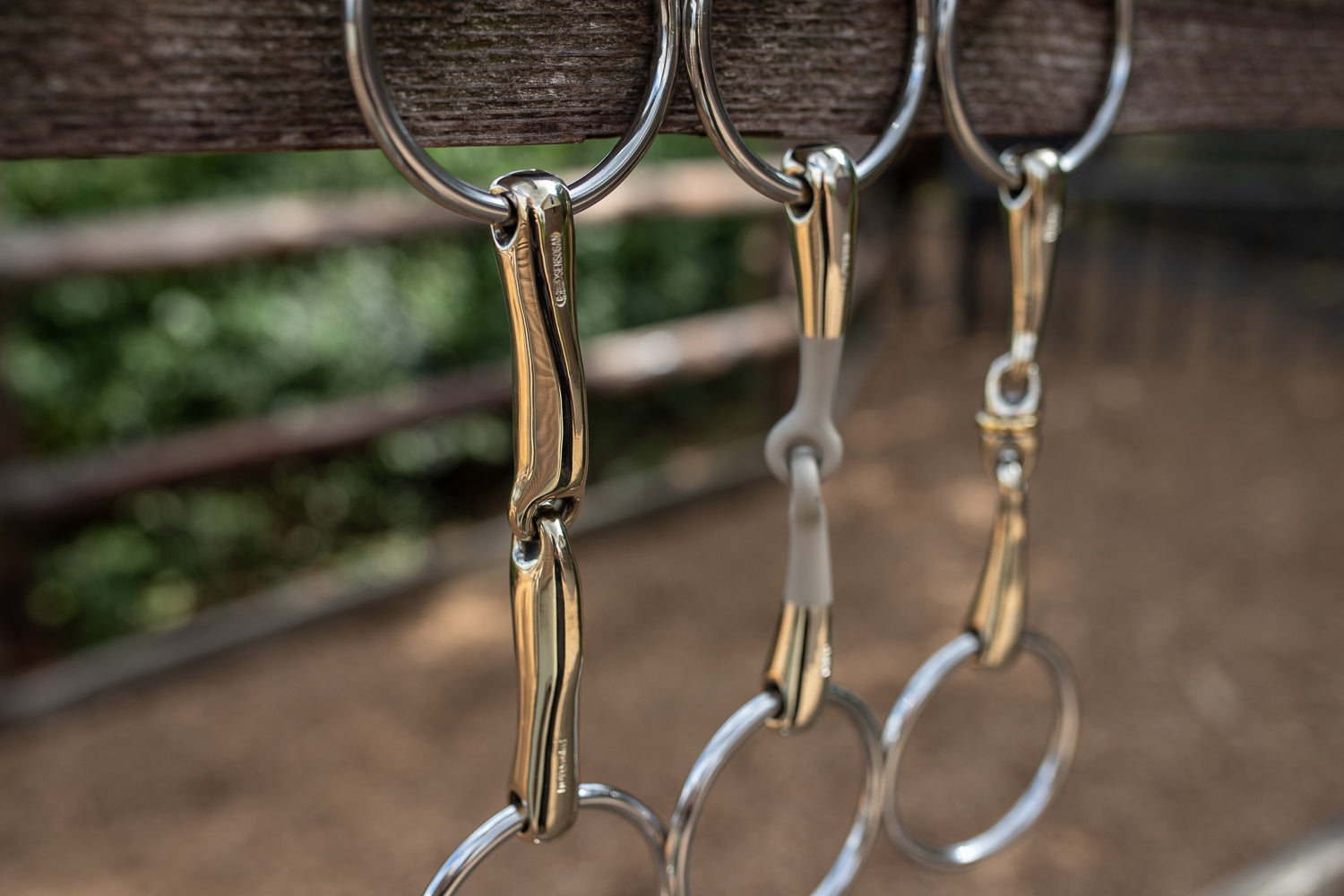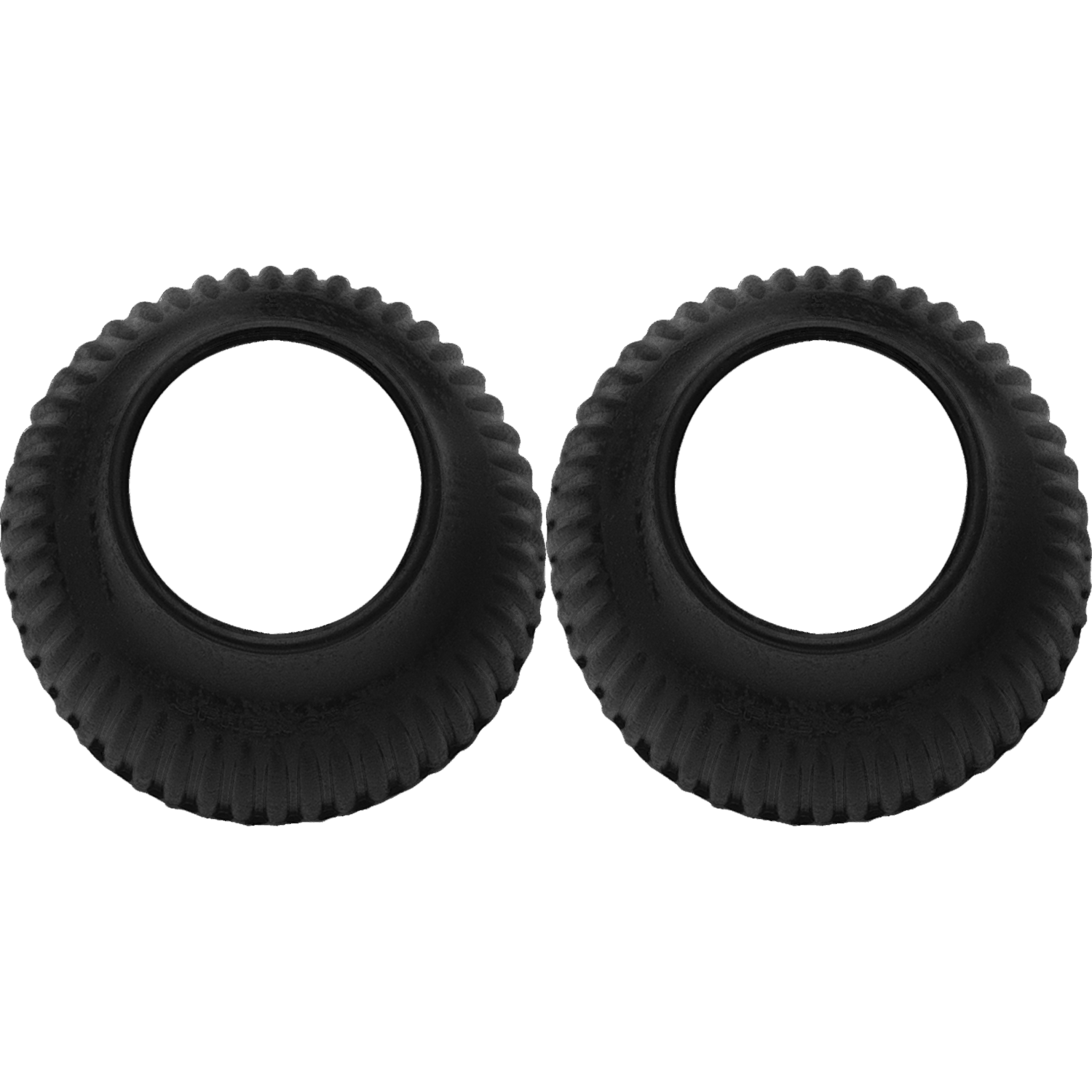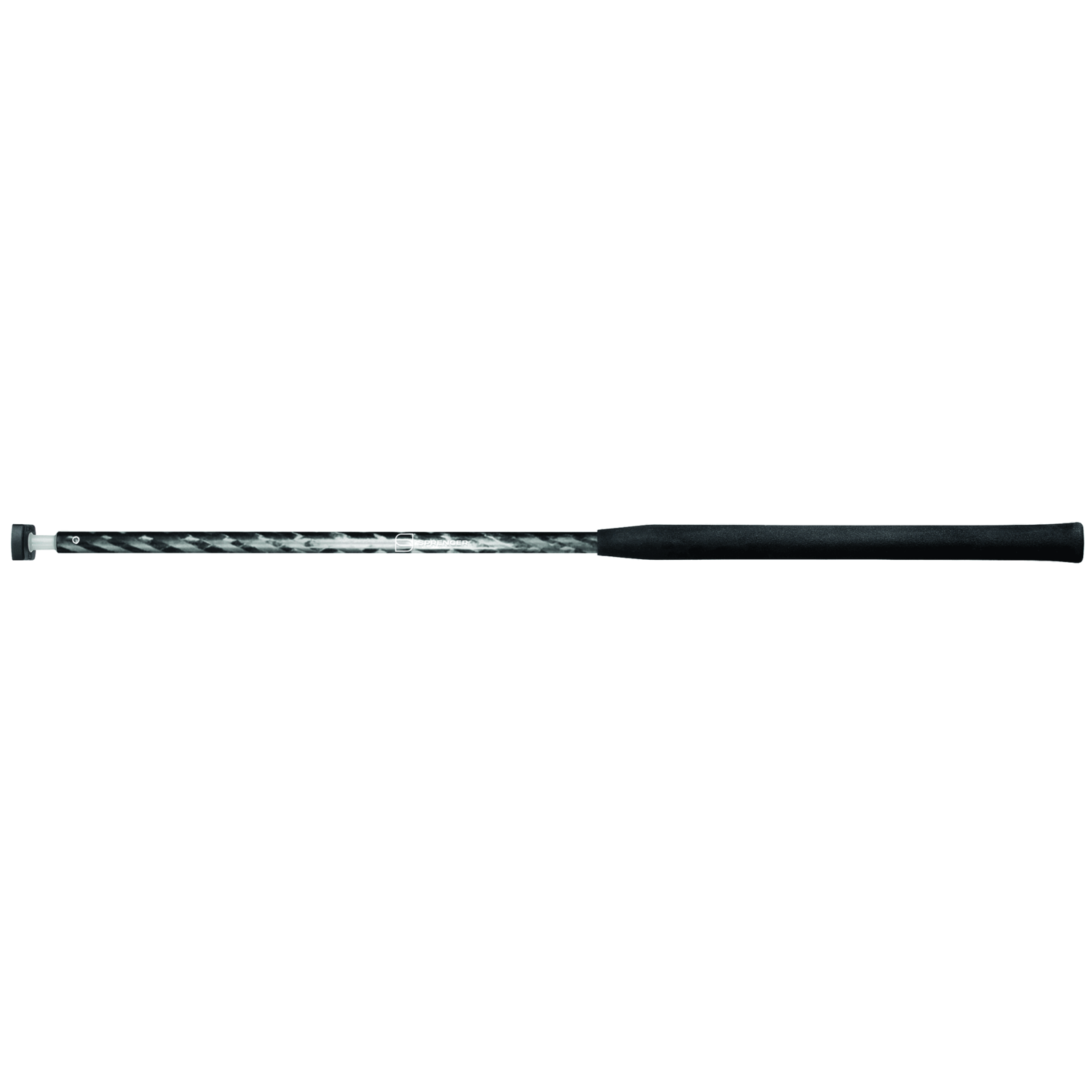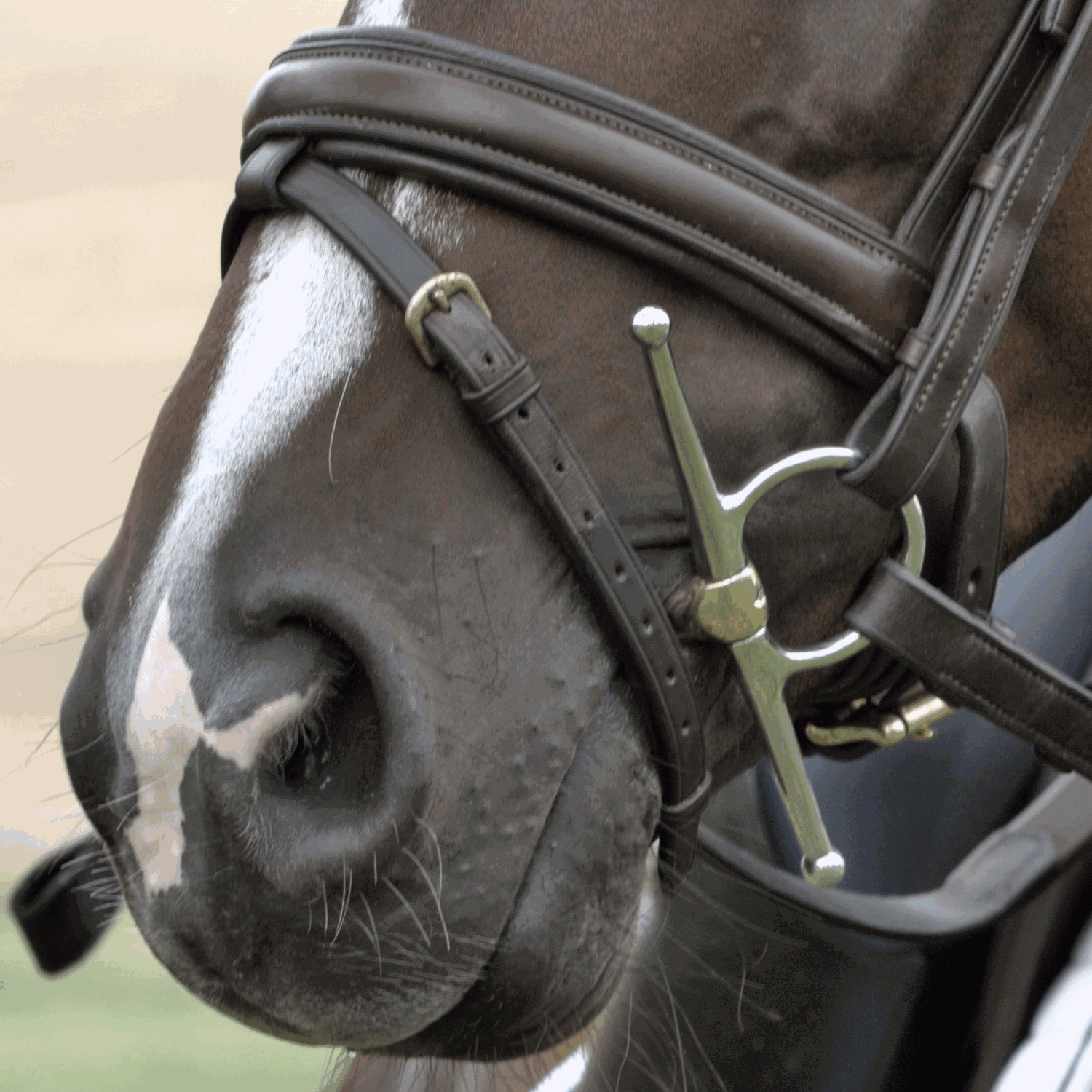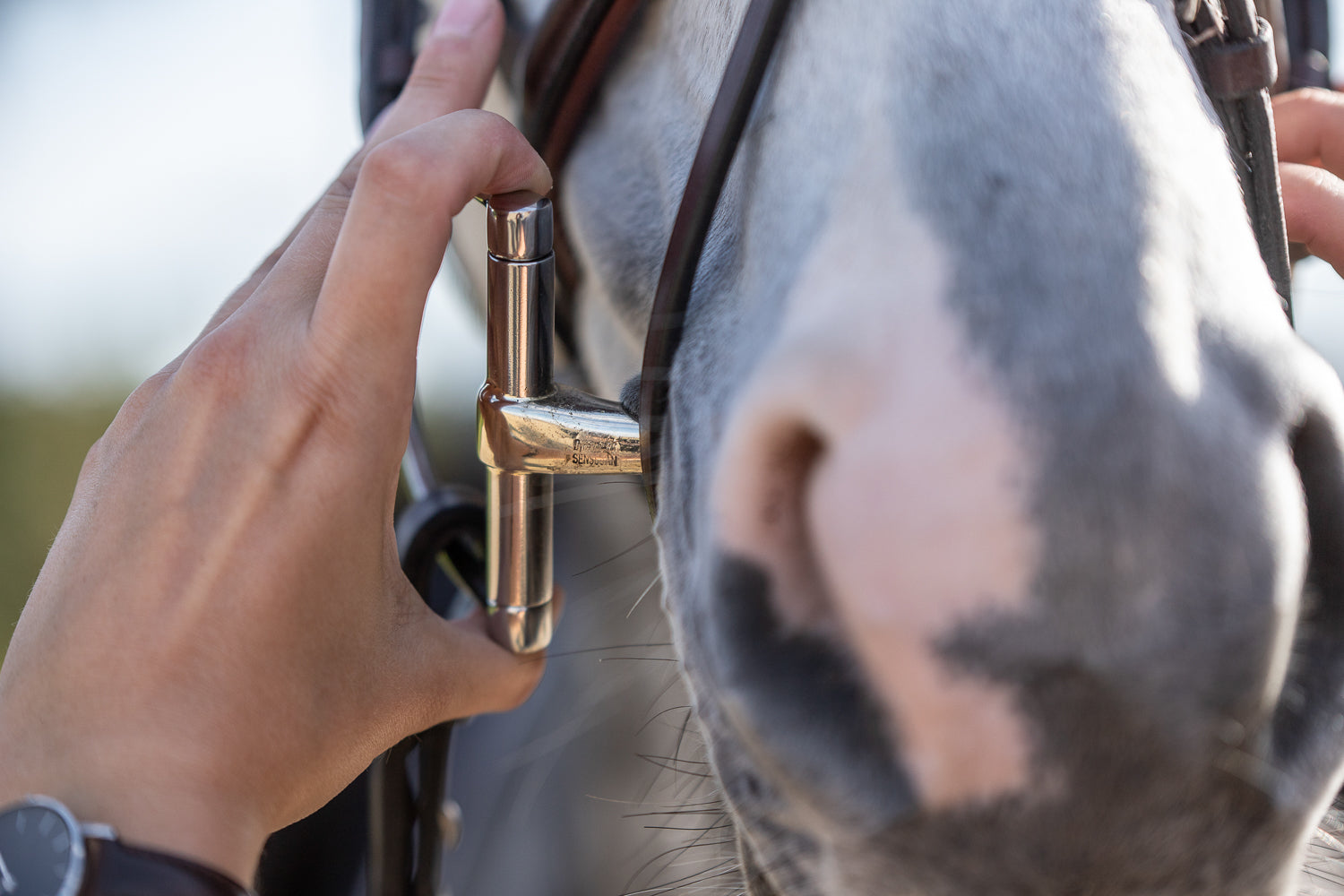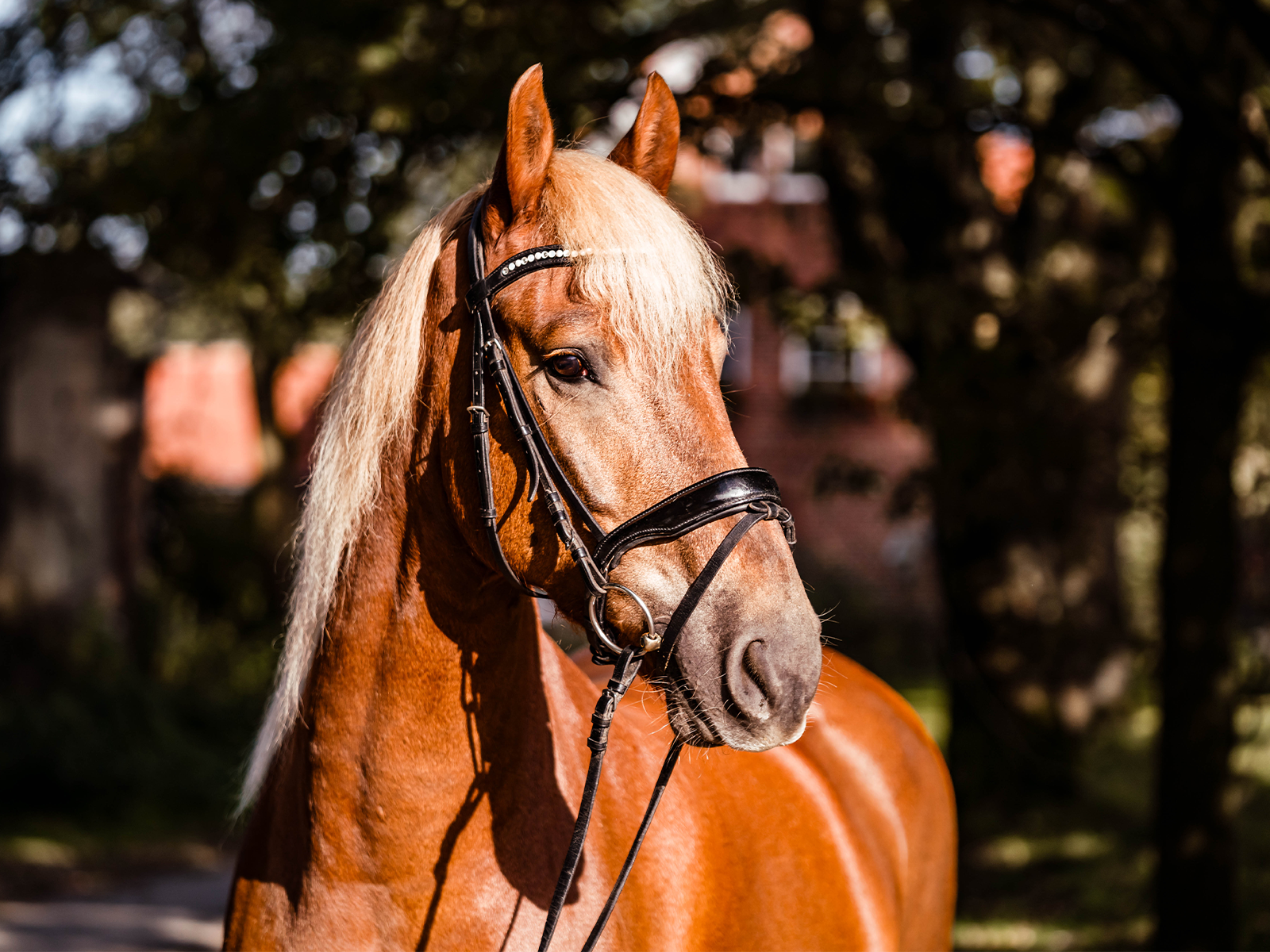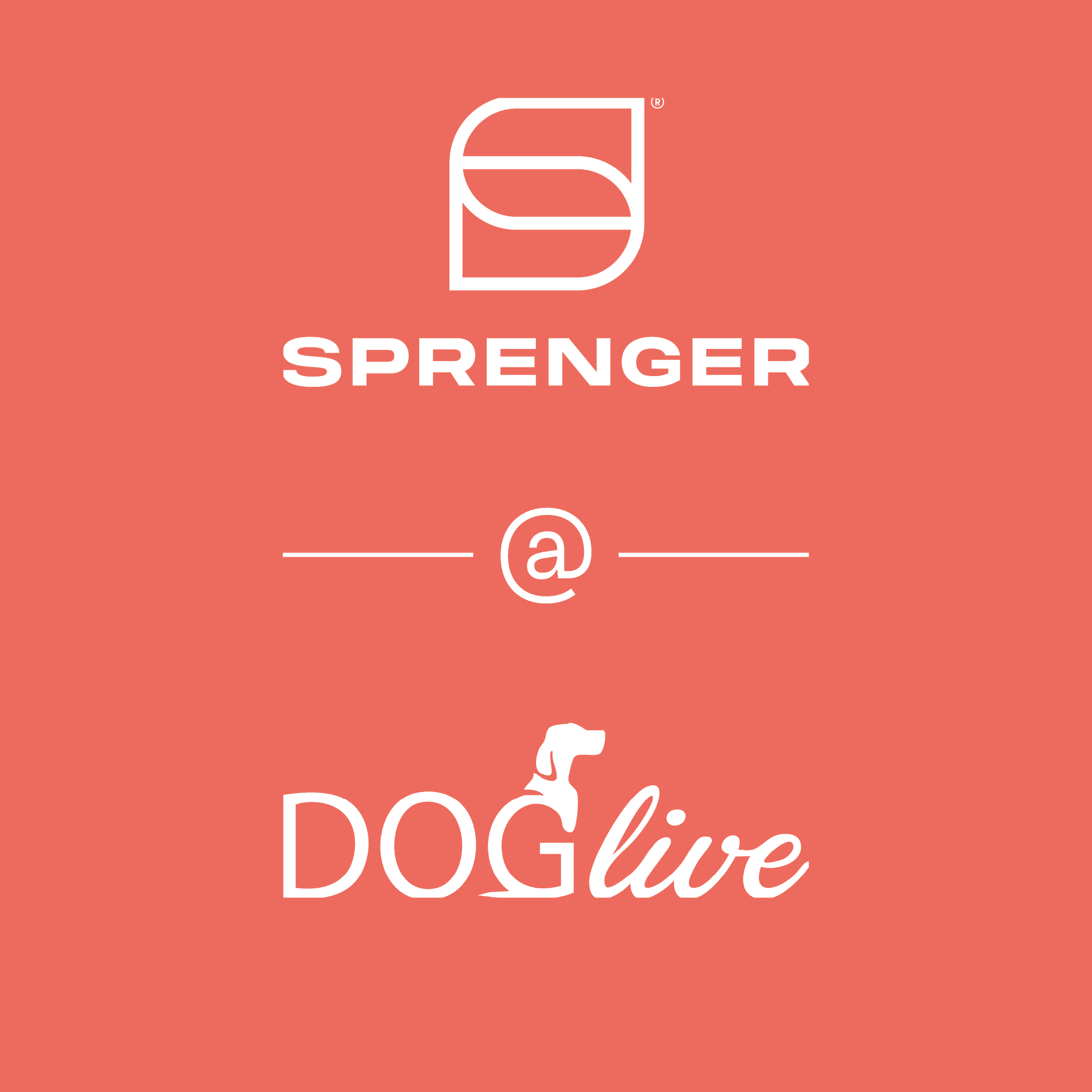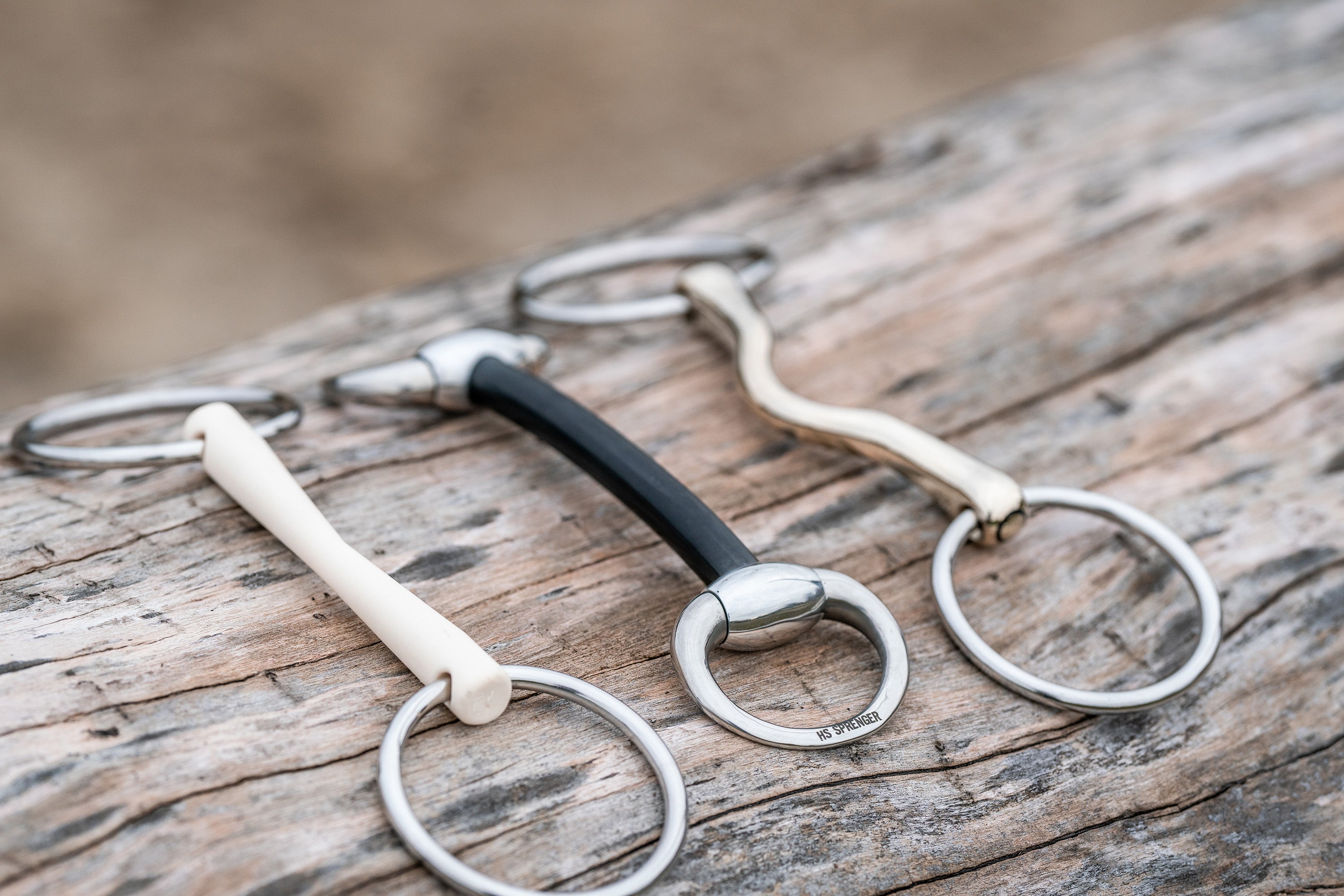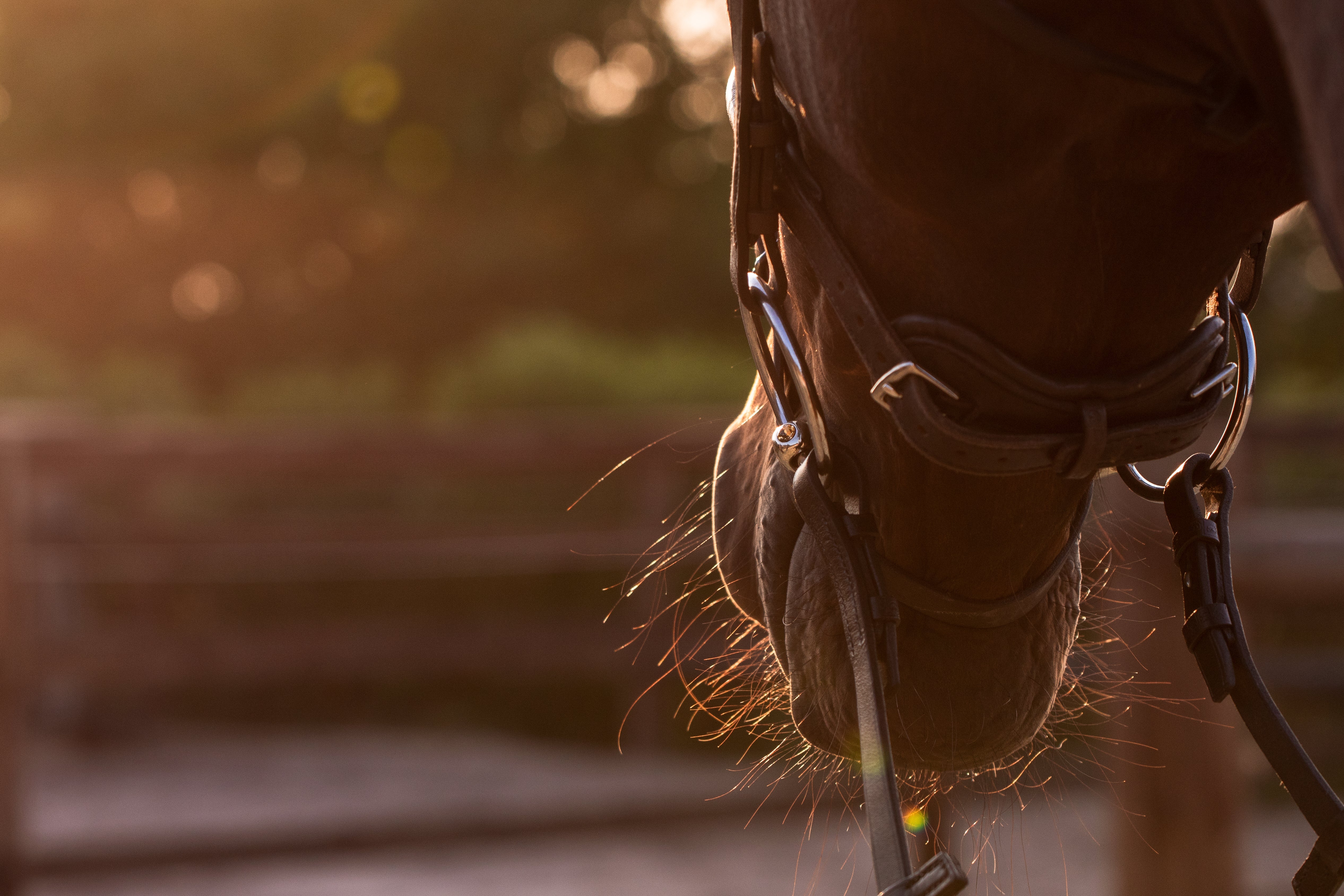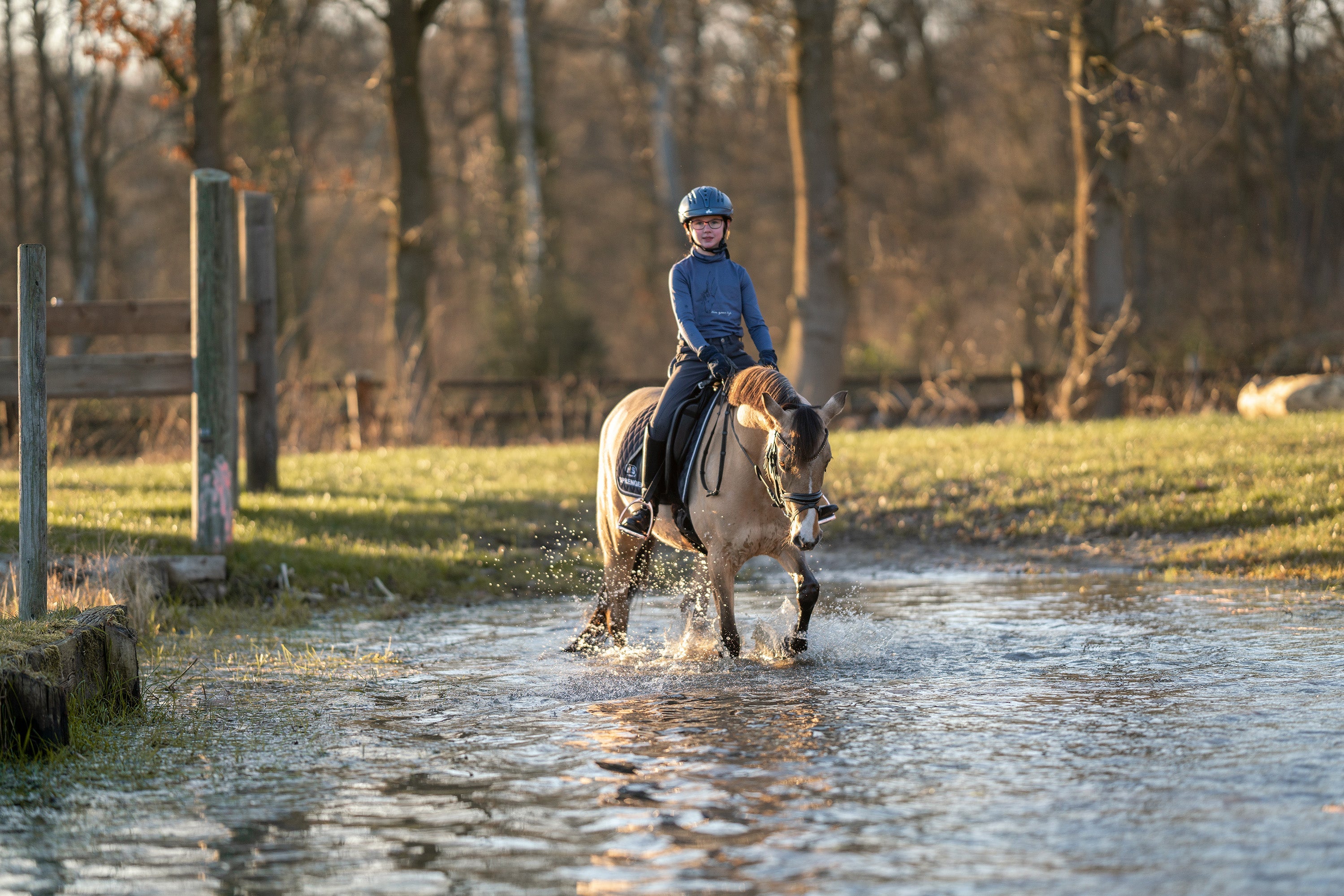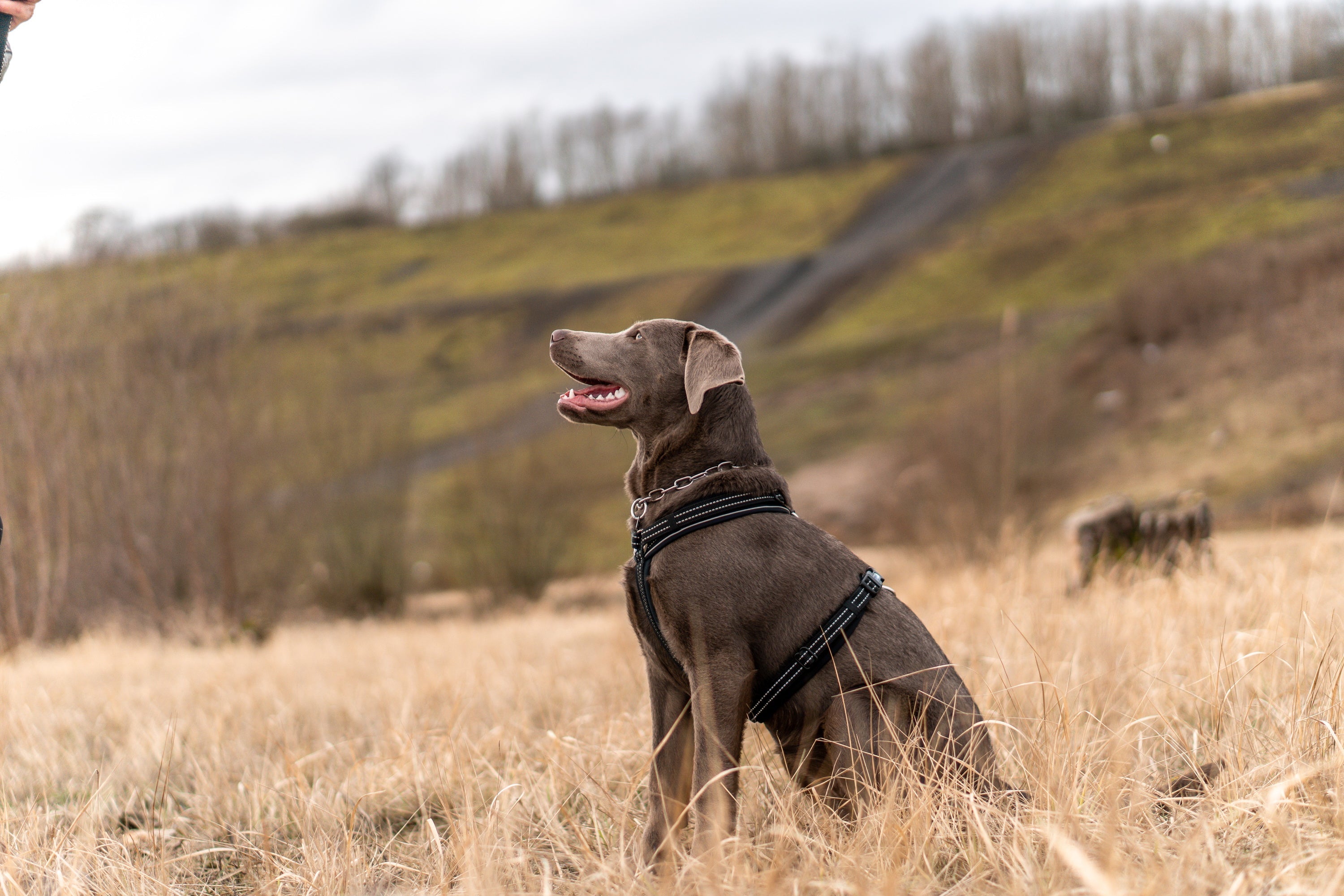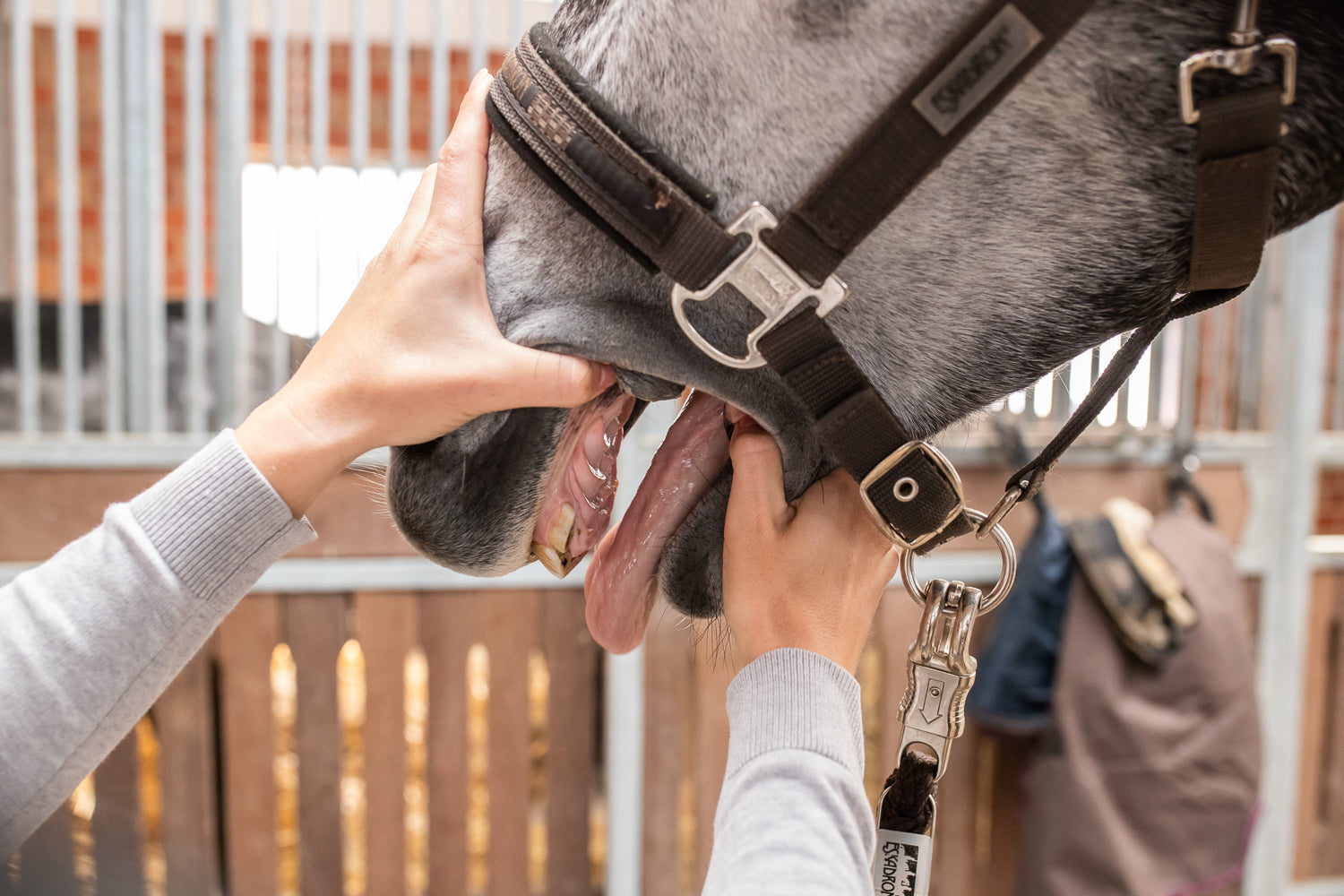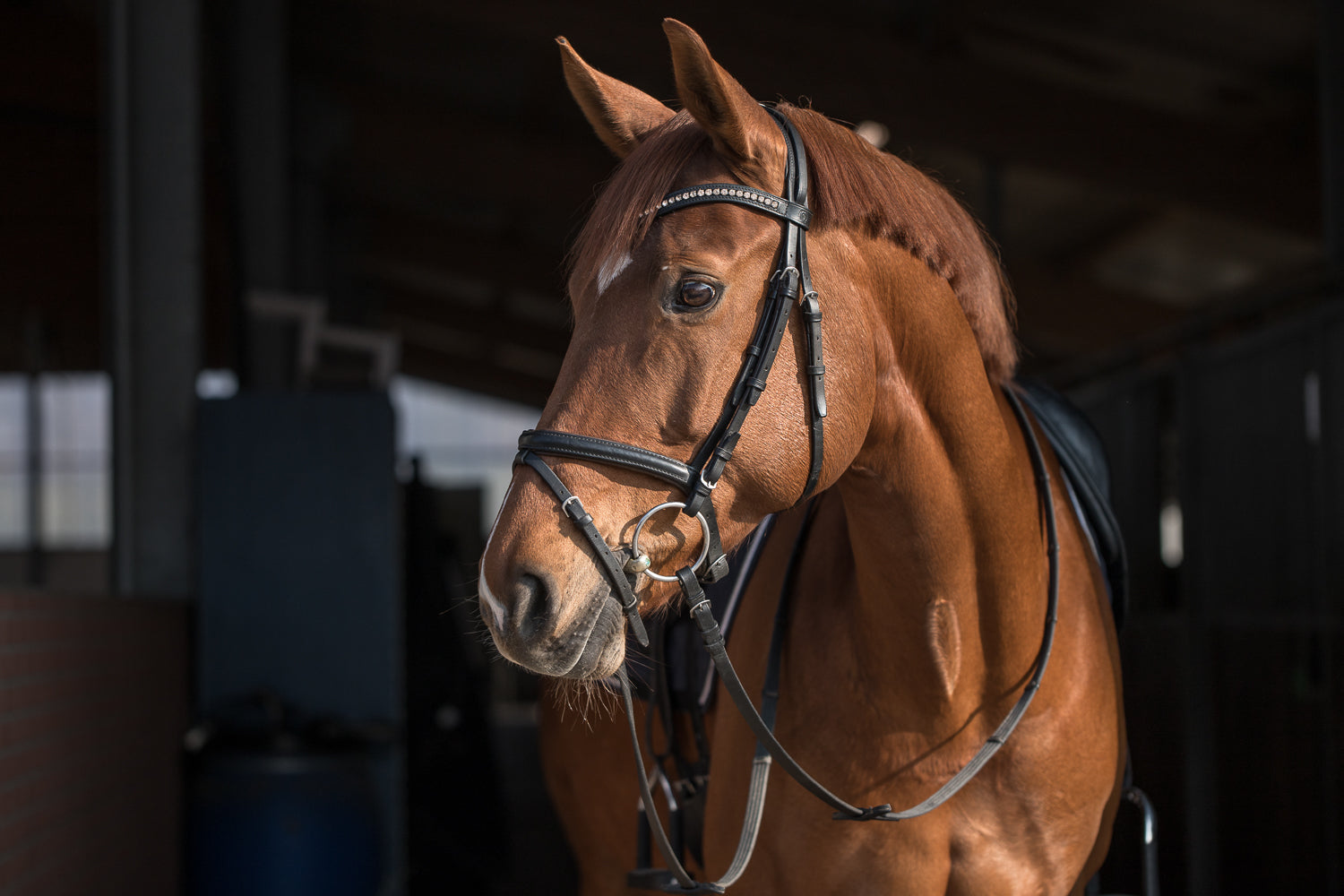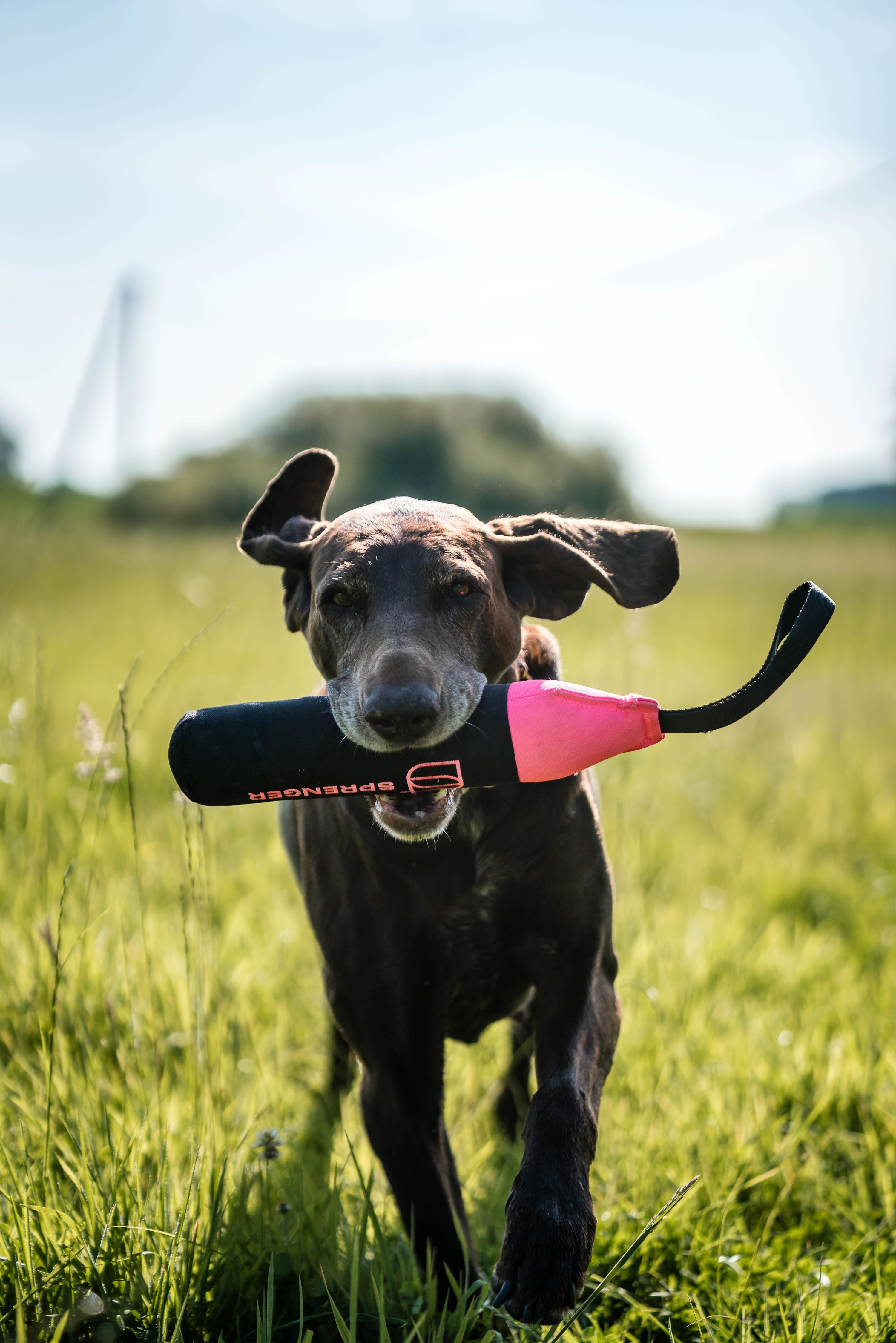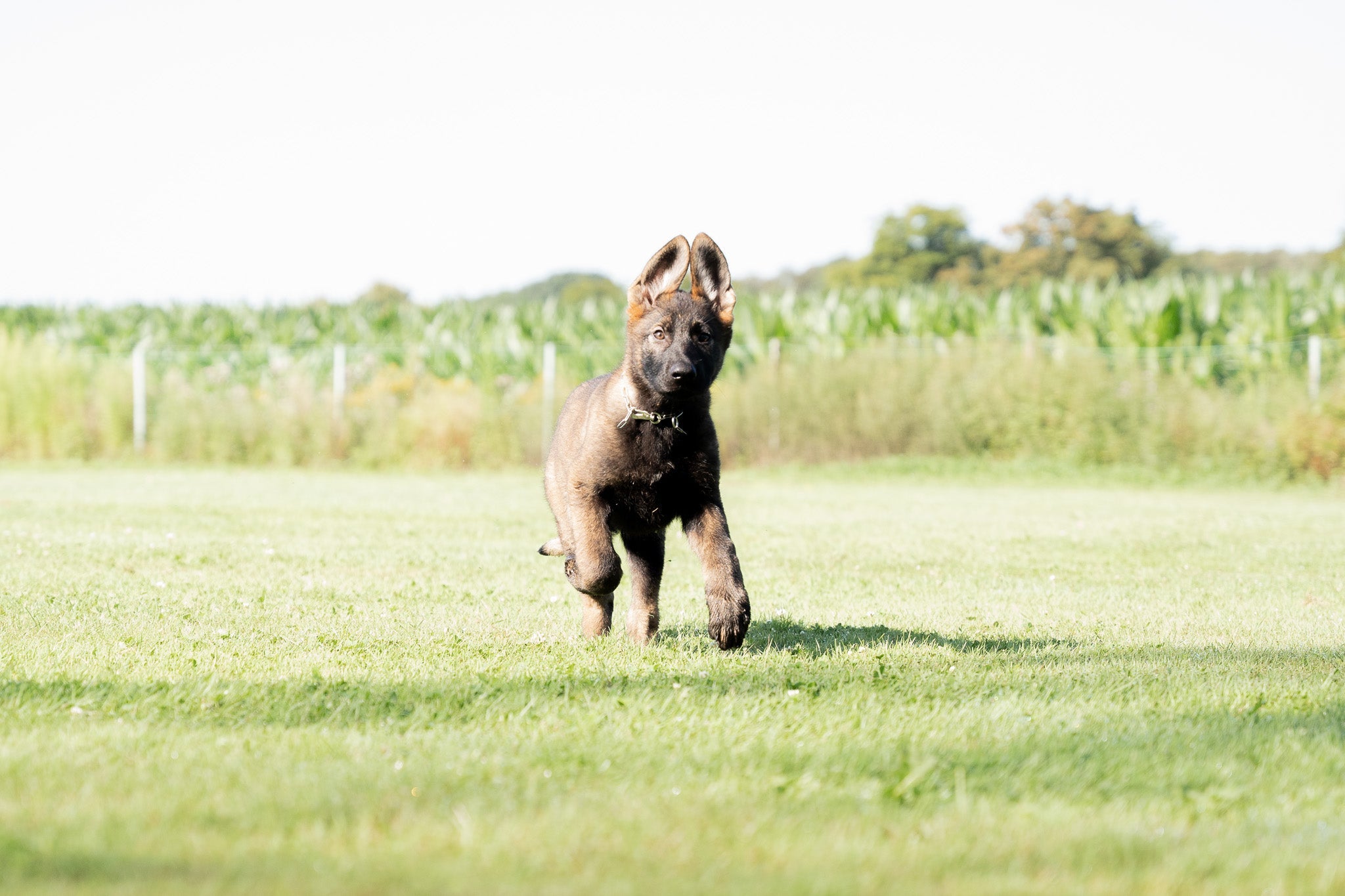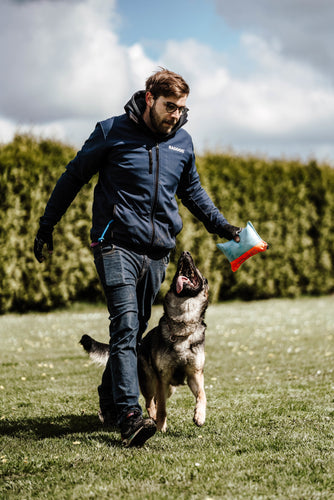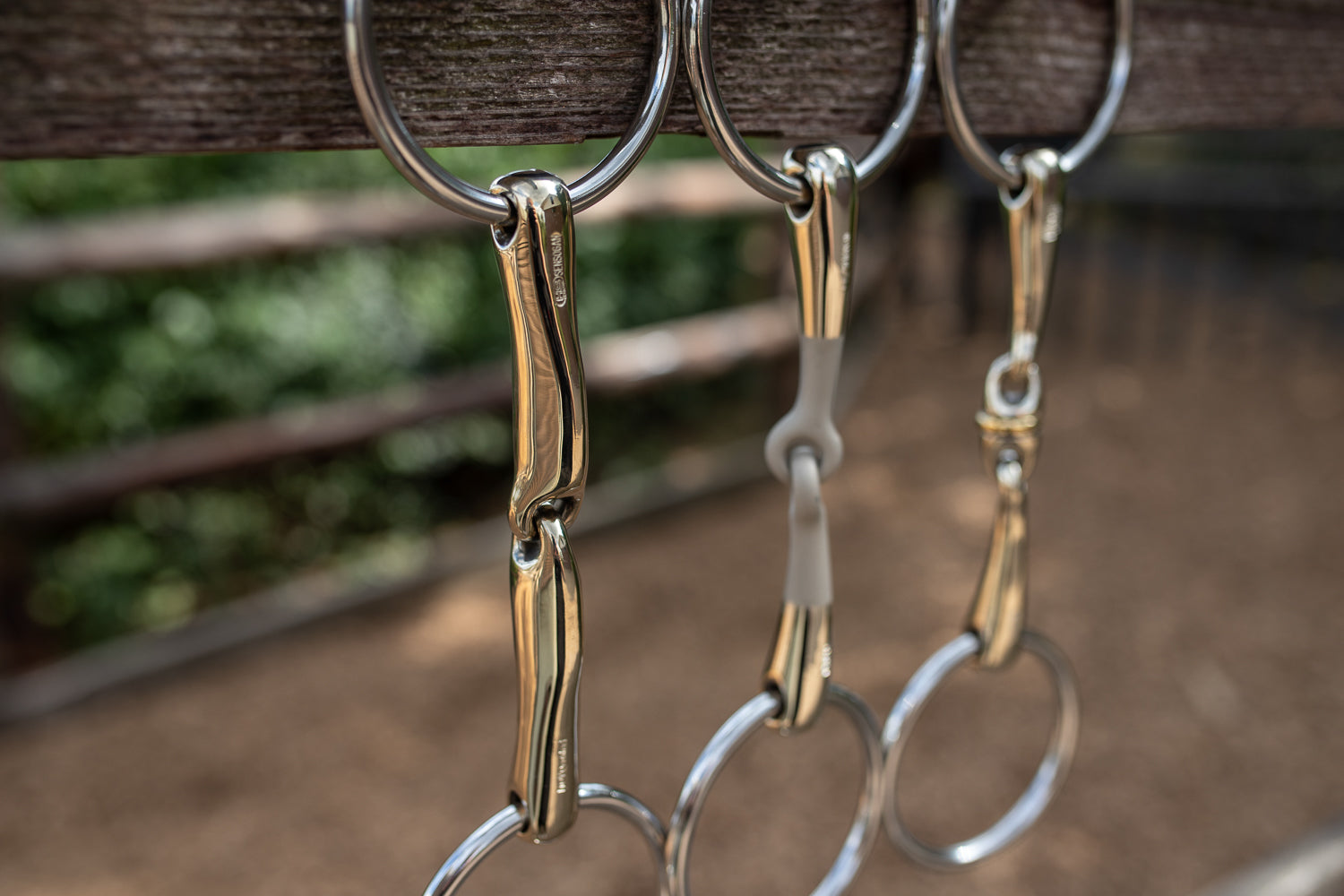You have the following problems with your horse:
- it has a thick tongue
- it is very sensitive
- it has a small mouth
- no trusting contact
Your new bit can help you with this:
- effective aids
- ergonomic shape
- a slight constant contact
- even pressure distribution of the rein aids

Anatomy of modern horse breeding
Modern horse breeding is producing ever finer horses due to sporting requirements, which also means that the oral cavities offer significantly less space for bits than was previously the case. A study by SPRENGER and the University of Veterinary Medicine Hanover has confirmed that the oral cavity of horses is relatively small and the space for a bit can be very limited. Not least when two bits have to fit in the horse's mouth when using a double bridle.
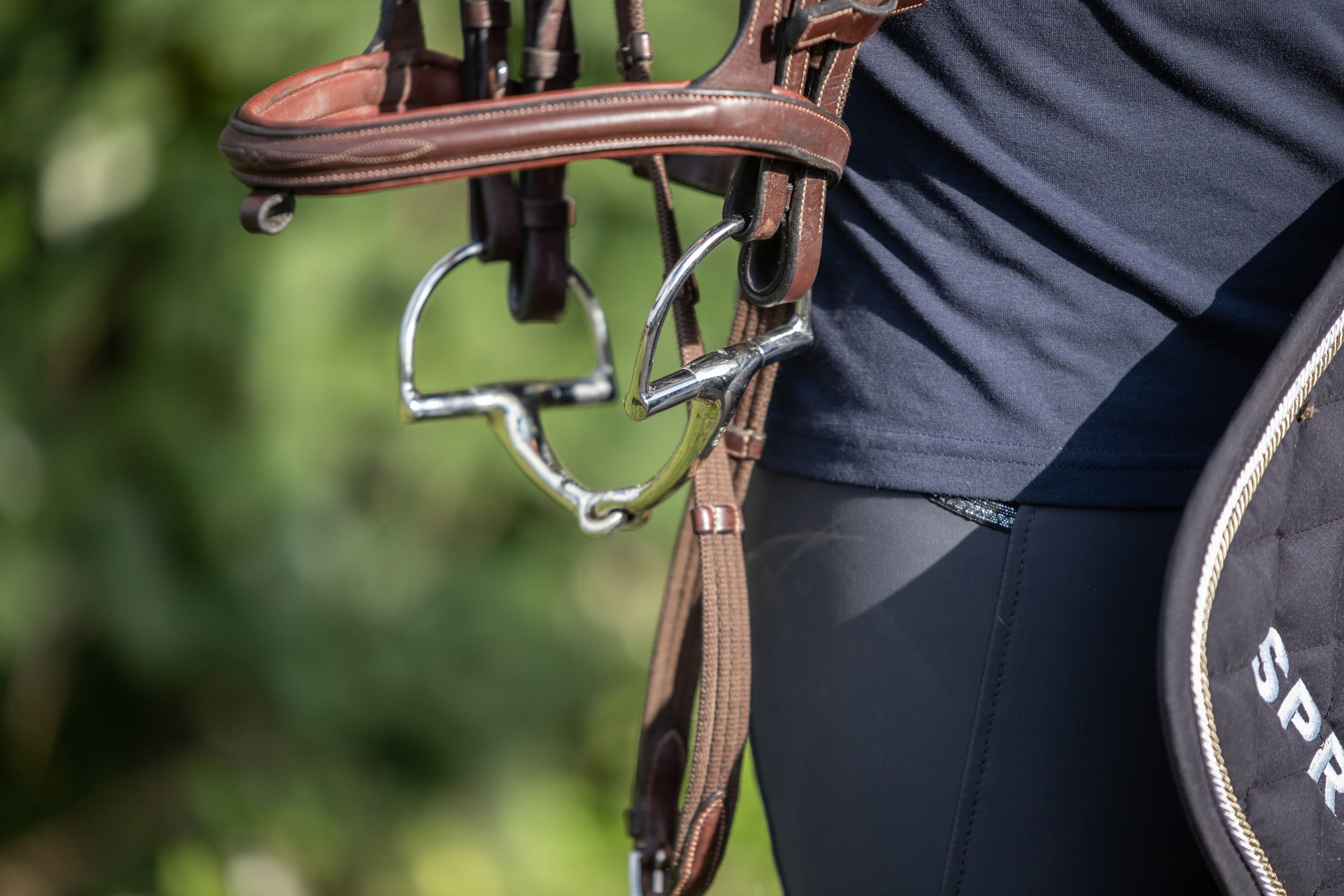
What is special about the Dynamic RS bits
Thanks to their ergonomic shape, Dynamic RS bits from SPRENGER ensure a particularly good position in the horse's mouth, avoiding pressure on the sensitive palatal arch. The centerpiece is inclined forwards by 45°, ensuring even pressure distribution on the tongue. They are particularly mouth-friendly and allow effective aids to be given. Thanks to their shape, they are particularly suitable for horses with a fleshy tongue or horses with a small mouth. The Dynamic RS bits are also a good choice for young and sensitive horses to develop and promote a trusting contact.

Dynamic RS bits and the anatomy in the mouth
The shape of the Dynamic RS bits allows an even contact surface, even with single jointed models. Due to the manufacturing process, the two shanks of single jointed bits are of different lengths. In normal models, this means that the contact surface is also different. This is also the reason why these bits should be turned regularly to vary the pressure points in the mouth. With our Dynamic RS bits, this is not necessary thanks to the innovative rotation of the centerpiece. The Dynamic RS models are available in 12, 14 and 16 mm thickness and therefore fit all horse mouths. The single and double jointed bits are available as loose ring snaffles or eggbut bits. However, the range also includes more specialized shapes such as the Multi Ring or the Dynamic RS full cheek bit. Show jumpers can look forward to Dynamic RS full cheek snaffles and Pelhams.
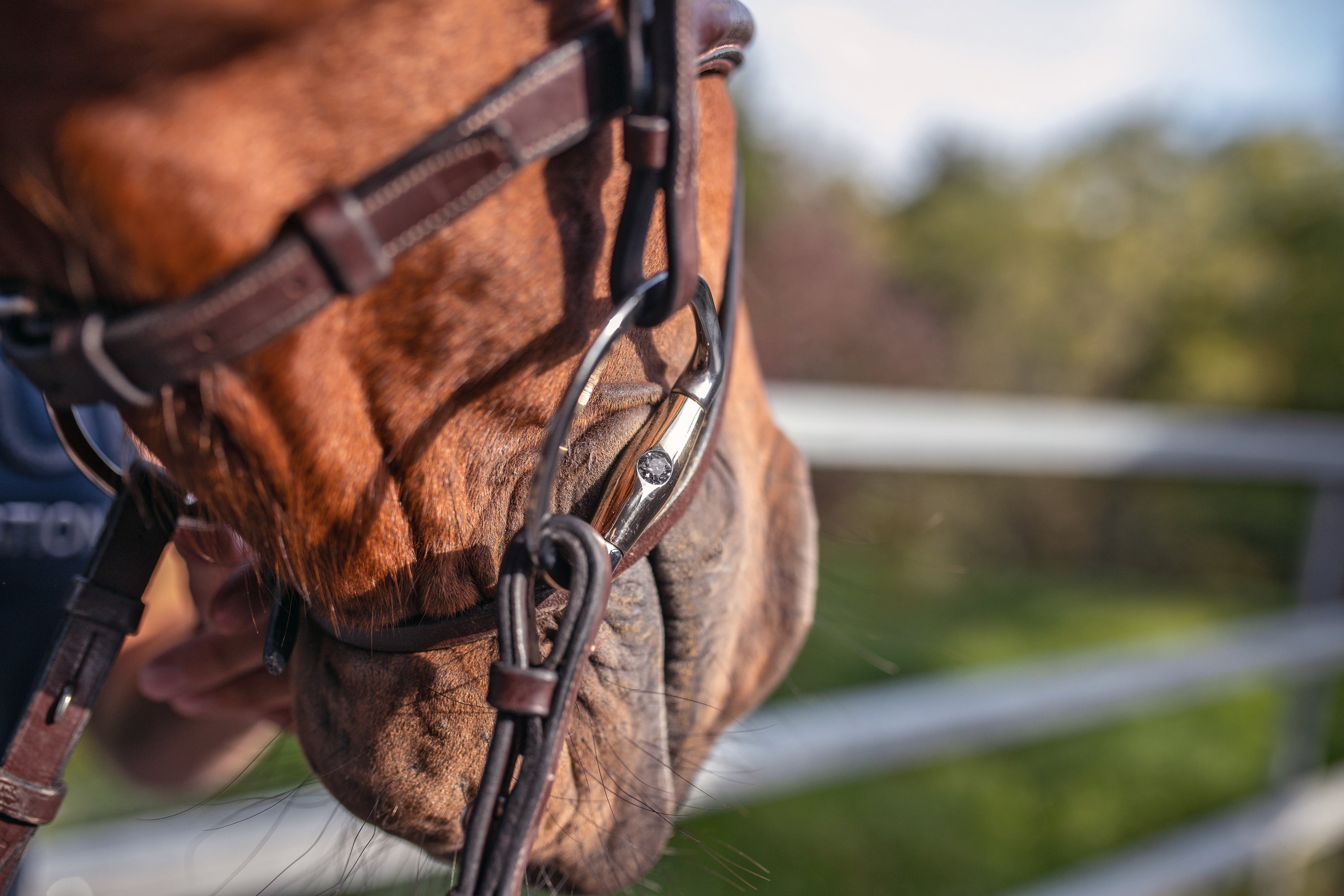
Dynamic RS eggbut bit and D-ring bit
Eggbut bits offer a steady position of the mouthpiece due to their fixed side parts. This means that the rein aid is transferred more directly to the tongue and lower jaw than with bits with loose rings. In addition, the side pieces provide a lateral boundary and thus support the riding of turns. Due to the transition from mouthpiece to sidepiece, the Dynamic RS eggbut bits are also particularly gentle on the corner of the mouth. The side pieces should lie close to the corner of the mouth in order to develop their limiting effect optimally. Dynamic RS bits with a fixed side piece (eggbut and D-ring) are particularly suitable for horses with little lips, as the anatomically curved shape can otherwise quickly pinch the lips or press against the cheek tooth. For these horses, we recommend our KK ULTRA bits. They also have the 45° rotation of the centerpiece and also ensure an anatomically correct position in the horse's mouth. However, they do not have a curved shape, but are straight and therefore leave more room for a fleshy lip and do not squeeze it.
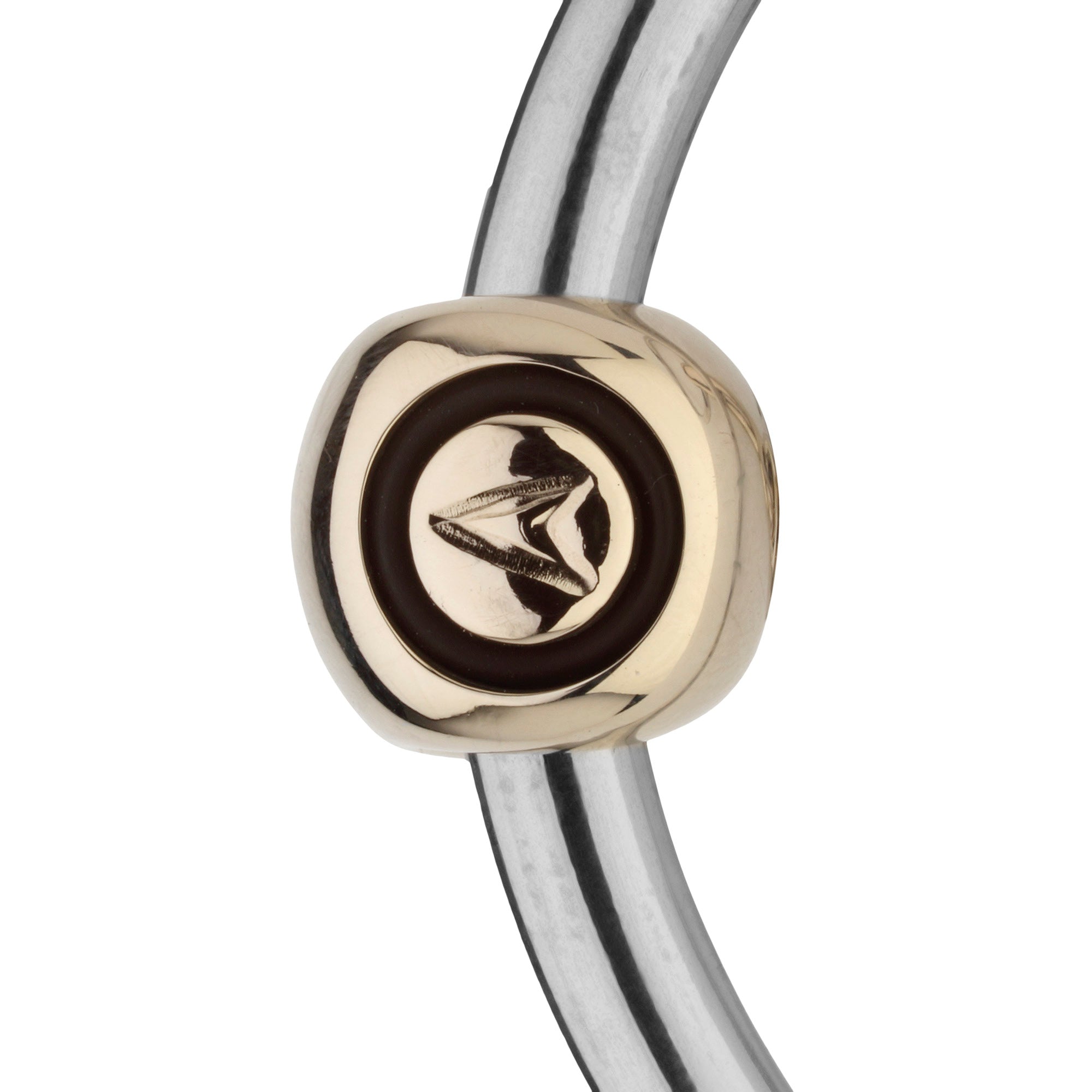
Dynamic RS bradoon
You already ride with a Dynamic RS bit and are switching to a double bridle? No problem! The Dynamic RS bradoon is available as a loose ring or eggbut bradoon, with a single or double jointed mouthpiece. As a general rule, you should always choose the same bit model for a double bridle that you use in daily training. With a bradoon, only the rings are slightly smaller and, depending on the space in the horse's mouth, you can choose a smaller thickness.
Fit Dynamic RS bits correctly
Due to the special shape of the Dynamic RS bits, it is important to buckle them correctly. The arrow on the outside of the mouthpiece on the left-hand side should point forwards. On Shine Bright bits, the crystal is at this point, so the arrow is on the side of the mouthpiece and should point downwards when correctly buckled in on the front left side.
PART OF YOUR PASSION.

